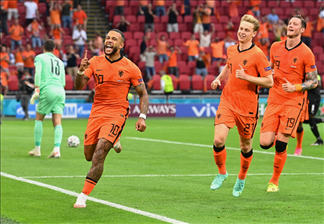According to CCTV5 program list (January 15, 2024), the 2024 European Cup will be held in Germany, which is another large-scale football event hosted by Germany after the 2006 World Cup. Germany is a powerful football country in Europe and even in the world. They have excellent football infrastructure, especially world-class
According to CCTV5 program list (January 15, 2024), the 2024 European Cup will be held in Germany, which is another large-scale football event hosted by Germany after the 2006 World Cup. Germany is a powerful football country in Europe and even in the world. They have excellent football infrastructure, especially world-class stadiums, which provide a comfortable and safe environment for players and fans to play and watch games. So, how is Germany's football infrastructure built and developed? What's the story behind the design and construction of world-class stadiums?
The history of the development of football infrastructure in Germany can be traced back to the last century, when the football movement in Germany gradually rose, and special football fields began to be built everywhere, such as the Berlin Olympic Stadium, Munich Olympic Stadium, etc. These stadiums have unique architectural style and historical significance, and also witnessed the glory and glory of German football. With the popularization and development of football, Germany's football infrastructure has also been constantly transformed and upgraded to meet higher standards and needs, such as safety, comfort, sustainability, etc.

Before the 2006 World Cup, Germany has carried out large-scale reconstruction and expansion of the stadiums in 12 World Cup host cities, making them modern multi-functional stadiums that can accommodate more audiences, provide better vision and sound effects, and can also host other cultural and entertainment activities. The design and construction of these stadiums have fully considered the local characteristics and culture. For example, the Phelps Stadium in Hamburg takes water as the theme, reflecting the characteristics of Hamburg as a port city, while the Signard Eduna Stadium in Dortmund takes yellow and black as the main colors, reflecting Dortmund's team logo and the enthusiasm of fans.
Before the 2024 European Cup, Germany will also further improve and optimize the stadiums in 10 European Cup host cities to meet higher technical and environmental requirements, such as adding solar panels, rainwater recycling systems, intelligent lighting systems, etc., and will also increase barrier free facilities and services to provide more convenience and care for the disabled and the elderly. The design and construction of these stadiums will reflect Germany's innovation and responsibility, and will also contribute to the success of the European Cup and the development of football.











